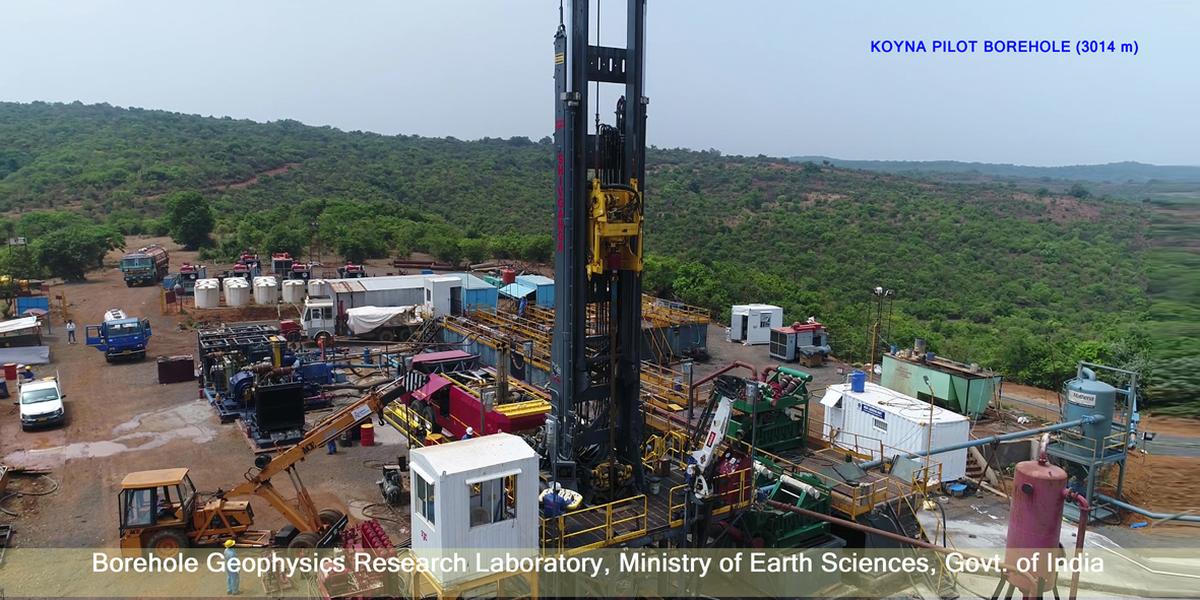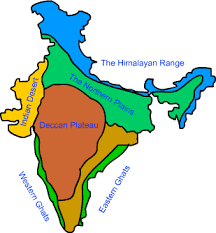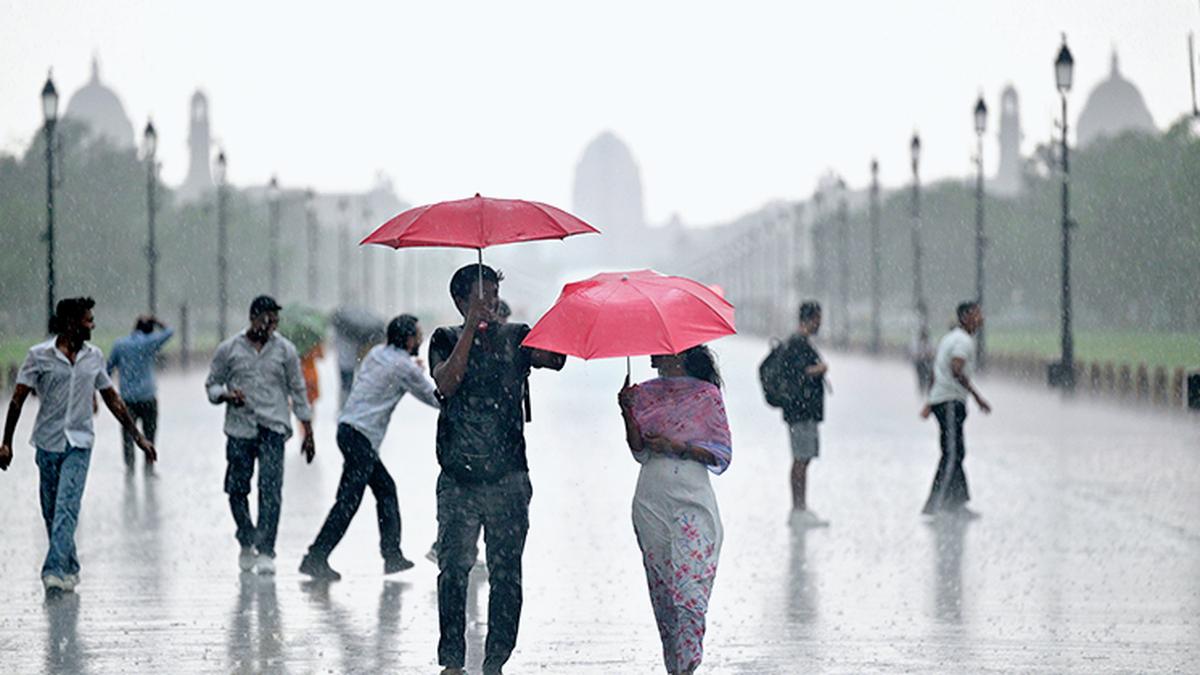The Hindu: Page 07
Syllabus: GS 1: Geography
Earthquakes remain unpredictable, especially minor ones in tectonic plate interiors. Scientific deep drilling is crucial for studying these earthquakes and understanding the earth’s deeper layers.
- India’s Borehole Geophysics Research Laboratory is leading efforts in the Koyna-Warna region to gain insights into earthquake mechanics and the earth’s composition.
Introduction
- Earthquakes remain unpredictable, especially those occurring within tectonic plates. Minor earthquakes in unexpected sites pose significant risks to populated areas.
- Scientific deep drilling is essential for understanding earthquakes and the earth’s deeper layers.
What is Scientific Deep Drilling?
- Scientific deep drilling involves creating boreholes to study deeper parts of the earth’s crust.
- It helps analyse geological formations, energy resources, life forms, and climate change patterns.
- In India, the Borehole Geophysics Research Laboratory (BGRL) oversees the deep-drilling program, focusing on the Koyna-Warna region in Maharashtra, which has frequent earthquakes linked to the Koyna Dam.
Benefits of Deep-Drilling Missions
- Surface-level observations are insufficient for studying earthquakes.
- Drilled boreholes provide direct, in situ experiments and monitor fault lines and seismic activity.
- They offer fundamental knowledge of the earth’s crust, aiding in understanding geohazards and geo-resources.
- Deep drilling also fosters technological innovations in seismology and related fields.
Challenges of Scientific Deep Drilling
- Scientific deep drilling is labour- and capital-intensive due to the harsh conditions of the earth’s interior.
- Maintaining boreholes and ensuring the integrity of collected samples are technically demanding.
- Troubleshooting issues at great depths is complicated, and equipment can get stuck or damaged.
- Human resources are another challenge, requiring highly skilled personnel for extended periods.
The Drilling Technique
- The Koyna pilot borehole uses a combination of mud rotary drilling and air hammering.
- Rotary drilling involves a steel rod with a diamond-embedded drill bit, cooled by drilling mud.
- Air hammering uses compressed air to deepen the borehole and flush out cuttings.
- Decisions on drilling techniques are dynamic, based on rock type and conditions encountered.
Findings from the Pilot Drilling Mission
- The mission revealed a 1.2-kilometer thick layer of 65-million-year-old Deccan trap lava flows and 2,500-2,700-million-year-old granitic rocks.
- Measurements provided new information on rock properties, fluid compositions, temperature, stress regimes, and fracture orientations.
- High-resolution images of the borehole wall were captured for data validation.
- Experiments measured rock stress regimes, providing insights into recurrent earthquakes.
Key Discoveries
- Presence of water down to 3 kilometres, indicating deep percolation and circulation.
- The Koyna region is critically stressed, making it prone to frequent, small-magnitude earthquakes.
Future Prospects
- Data from the pilot will guide future drilling missions.
- Expected temperatures at 6 kilometres depth are 110-130 degrees Celsius, necessitating specially designed equipment and sensors.
- Over 20 research groups are studying Koyna samples for various applications, including understanding rock properties and microbes in extreme conditions.
- The Koyna project is laying the groundwork for future scientific deep-drilling efforts in India and contributing to global geological research.




